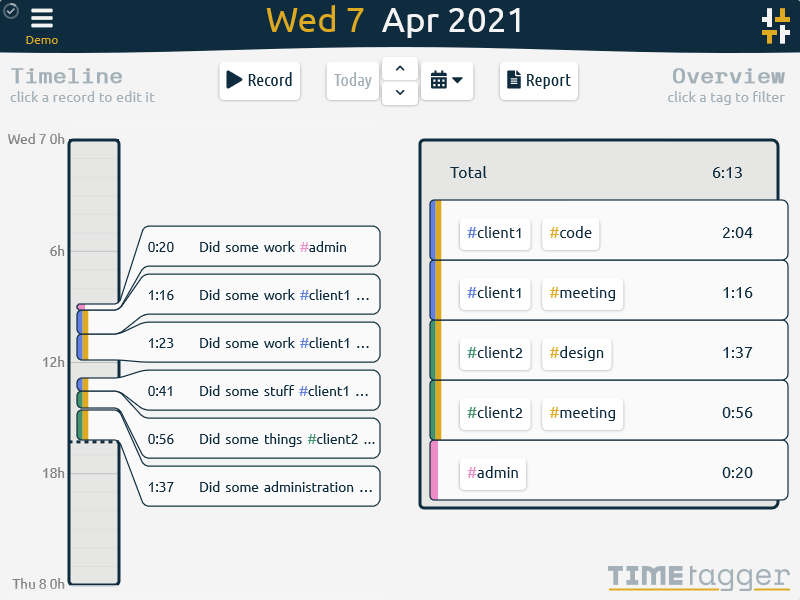Why Python

Python is a very-high-level dynamic object-oriented programming language. It's designed to be easy to program and easy to read. Guido van Rossum started the design of Python in 1980. Over the years, Python has gained popularity in a broad range of fields from web development, games, usage as a scripting language, and of course science and engineering.
Python is open
Python is open source software, distributed under a liberal license, and can thus be distributed freely, even for commercial use. This openness makes that Python plays well with with other languages and is easily extendible.
Python is general purpose
Python is a general purpose language, which means that many things are made easy. Examples are string processing, reading/writing files, sockets, websites (such as this one), databases, GUI's. This is why it has been adopted by so many people, and for such a wide range of tasks. The large user community is very active and known to be friendly.
It's ease of use for general tasks makes Python very suitable for education. For science this is also an advantage, as scientist often need to load data, visualize it, and maybe control it via a user interface. For commercial applications this means that many things work out of the box, saving time and money.
Python is dynamic
Note: Strictly speaking Python is a language specification, and might be compiled as well as interpreted. Pyzo is based on cPython, the most common Python implementation which uses an interpreter written in C.
Being a dynamic language means that new code can be executed during runtime without limitations. This is incredibly useful in science and engineering, or any other situation in which the programmer is designing a complex algorithm. It means that the user does not have to go through the compile-run-debug cycle every time he makes a change to the code. Instead, a piece of code (a part of an algorithm, for example) can be repeatedly changed and executed in the same interpreter. This results in a highly interactive environment, which shortens the development cycle significantly (rapid prototyping). When using with large datasets (for instance CT or MRI) these only have to be loaded once into the interpreter, after which the user can repeatedly change and execute a piece of code.
Python is easy to read
Python is designed to be easy to read. This is more important than you might think, because a common problem with software is that it's harder to read code than to write it. Better readability makes that it easier to share code or to work on software projects with other people. As your algorithms become more complex (as they often do in science) it is great to be able to focus on the algorithm without having to write complex code to do simple things: it helps keep your algorithms as simple as possible. For education it's clear that readability counts.
Python uses indentation to give structure to the code. People who are used to another language often complain about the absence of braces. But this one of the key advantages of Python! In languages that use braces, people also use indentation to make it more readable for other people. So they use braces to tell the program what they mean, and indentation to tell other people what they mean. This gives room for ambiguity. In Python there is just one way to denote structure, in a way that is easy for both humans and computers to read. There is just one thing to watch out for: never mix tabs and spaces. A proper IDE will prevent you from doing that.
Python is great at introspection
In Python, everything is an object. And these objects are very "open". Strictly speaking there are no private variables. Instead, by convention a variable that starts with an underscore is said to be private. This helps a lot during debugging, because all objects of interest can generally be accessed and inspected.
This "openness" means that it is possible to write dirty programs, or apply "hacks" to solve a certain problem. This is ok if the programmer is testing something, but it is the responsibility of the programmer to avoid these, or rewrite them to nicer code as soon as possible.
Further, Python uses the concept of docstrings, which are multi-line strings defined right below a function or class definition and which contains the documentation for that object. These can be accessed at runtime, allowing the IDE to display them to the user at the right moment.

